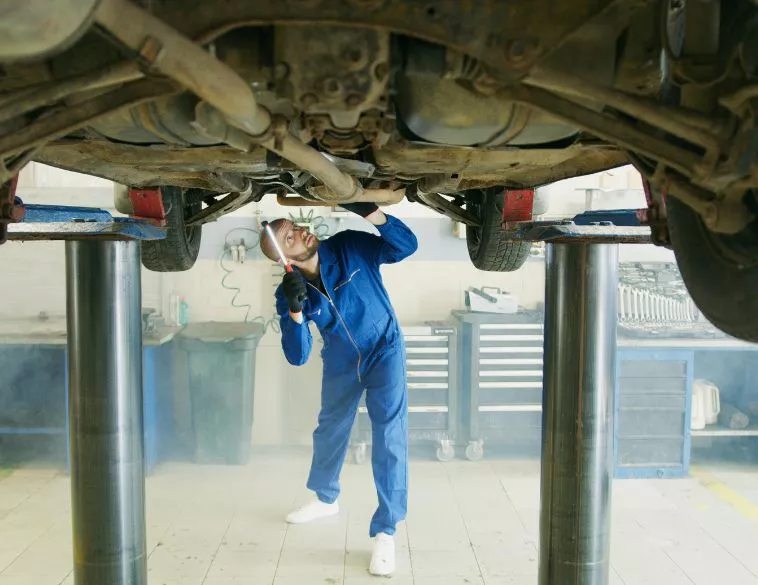What’s Up with Rising Costs?

This is why it costs more to keep vehicles on the road.
Across the country, organizations are facing rising costs. Fleet costs have surged across nearly every area of fleet management, including maintenance. There are a number of factors driving maintenance costs up that fleet professionals need to be aware of and mitigate against. These factors range from the type of maintenance being performed, the high turnover of labour, the age and complexity of vehicles, and ongoing supply chain disruptions.
Maintenance type
While it is true that inflationary pressures in the economy have raised the cost of parts, raw materials, tires, and glass, this is not the whole story. These increases are compounded by the type of maintenance being performed.
Shops are struggling to keep up with repairs and are neglecting the preventive maintenance (PMs) that in the long run keep vehicles on the road. Reliance on reactive maintenance, rather than PMs, leads to expensive, unplanned repairs and costly downtime.
Labour
Canada is facing a persistent shortage of qualified service technicians due to an aging workforce and a low number of new entrants into the trade. This trend began at least a decade ago due to declining birth rates, fewer young tradespeople, and the traditional emphasis on university education over careers in the trades. Shortages intensified in the early 2020s due to COVID, and an increase in retirement rates of older mechanics, and the difficulty of attracting younger workers and diverse groups, including women.
The shortage of mechanics is being felt in fleets across the country that are experiencing extended vehicle repair times and being forced to outsource repairs to third parties. Outsourcing will often increase overall costs, due to the hourly rates charged and the downtime involved.
To attract and retain qualified mechanics, organizations are forced to offer higher wages, which leads to higher costs for maintenance and repairs.
Vehicles
Today’s vehicles are equipped with complex technologies and advanced safety features, such as collision-avoidance systems. While these systems can improve safety, they require specialized diagnostic tools and training to repair, driving up labour and parts costs. Many internal shops do not have the required diagnostic tools, and are forced to rely on third-party repair facilities.
Delayed replacement also plays a role in price increases. As fleets operate older vehicles for longer, the need for repairs increases. This leads to more frequent unscheduled maintenance, and more extensive repairs, which increases the total cost of ownership over time.
Supply chain delays
Although it’s improving, supply chain disruptions continue to impact the availability of new vehicles and parts. This continues to force fleets to keep older vehicles, which leads to higher maintenance costs. When parts are not held in stock, fleets may have to pay inflated prices to access the part, and get the vehicle back on the road, increasing both repair costs and vehicle downtime.
There may be some relief to the increased maintenance cost trend for fleets pursuing electric vehicles (EVs). Despite sustainability goals, the adoption of EVs is slow. Acquisition costs may appear to be prohibitive, despite estimated savings in fuel and maintenance. Light-duty vehicles have the most documented cost data available, and studies from the City of New York show an almost 70% savings in maintenance of light-duty EVs compare to the conventional equivalent.
Being aware of the pressures on maintenance costs is the first step in addressing this trend, and replacing vehicles at their optimum replacement points is the best way to prevent rising costs.




